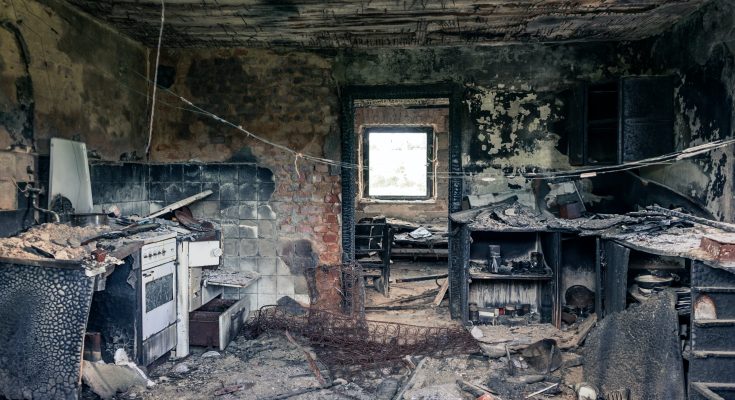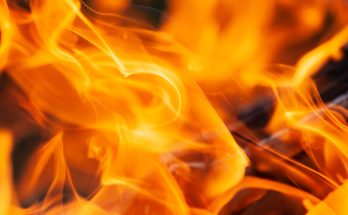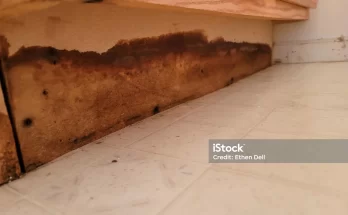In the aftermath of a devastating fire, the road to recovery can feel overwhelming and daunting. Fire damage not only destroys physical structures but also leaves emotional scars on the affected individuals and communities. However, amidst the ashes, there is hope. The process of cleaning up fire damage becomes a catalyst for healing, rebuilding, and creating a stronger future. In this blog post, we will explore the steps involved in cleaning up fire damage and offer guidance on how to navigate this challenging journey.
- Safety First: Assessing the Damage and Hazards:
Before embarking on the cleanup process, safety should be the top priority. Assess the extent of the fire damage and identify potential hazards such as weakened structures, electrical issues, or gas leaks. It is crucial to consult with professionals, such as firefighters, restoration experts, or insurance assessors, who can provide guidance and ensure your safety.
- Contacting Your Insurance Provider:
Notify your insurance provider as soon as possible to initiate the claims process. Document the damage by taking photographs or videos, as it will assist with the evaluation and compensation. Review your insurance policy to understand the coverage and discuss with your agent the steps required for reimbursement.
- Engage Professional Restoration Services:
Cleaning up fire damage requires expertise, specialized equipment, and knowledge of safety protocols. Hiring professional restoration services can help you navigate the complexities of the restoration process effectively. These experts will assess the damage, create a restoration plan, and efficiently execute it, ensuring that your property is restored to its pre-fire condition as much as possible.
- Removing Debris and Salvaging Possessions:
Clearing debris is a crucial step in the cleanup process. Work with professionals who will safely remove charred debris, broken glass, and hazardous materials. Salvaging possessions may be possible if they have not been completely destroyed by fire or water. Prioritize valuable items such as heirlooms, documents, or photographs, and consult with restoration experts to evaluate their restoration possibilities.
- Addressing Smoke and Soot Damage:
Smoke and soot residues can cause long-term damage if not adequately addressed. They permeate walls, furniture, and ventilation systems, leaving behind unpleasant odors and potentially harmful particles. Professionals utilize specialized techniques such as dry cleaning, wet cleaning, and thermal fogging to remove smoke and soot damage effectively.
- Restoring Structural Integrity:
Fire damage can compromise the structural integrity of a building. Engage professionals, including architects and contractors, to assess the stability of the structure and plan the necessary repairs. Structural repairs may involve rebuilding damaged walls, replacing compromised support beams, and ensuring the safety of the overall structure.
- Cleaning and Rebuilding:
After the structural integrity is restored, thorough cleaning and sanitization are essential. Fire damage often leads to water damage from firefighting efforts, which can cause mold growth and further property damage. Professionals will utilize industrial-grade cleaning agents, disinfectants, and drying equipment to eliminate moisture, mold, and lingering odors. This step is crucial for creating a healthy living environment.
- Embracing Emotional Recovery:
Cleaning up fire damage is not just about physical restoration but also about emotional healing. Fires can be traumatic events, leaving individuals and communities emotionally distraught. Seek support from counselors, support groups, or other resources available in your community. Sharing experiences, fears, and hopes with others who have gone through similar situations can help in the emotional recovery process.
Cleaning up fire damage is an arduous journey that requires patience, resilience, and support. While the process may seem overwhelming, remember that you are not alone. Engage professionals to guide you through the restoration process, leverage the resources available to you, and prioritize emotional recovery. By taking these steps, you can transform the devastation into an opportunity for growth and rebuilding.
As you move forward, consider implementing preventive measures to minimize the risk of future fires. Install smoke detectors, fire extinguishers, and fire-resistant materials in your home or business. Develop an emergency plan that includes evacuation routes and communication strategies. Educate yourself and your family about fire safety practices, such as proper handling of flammable materials and regular maintenance of electrical systems.
Remember, the process of cleaning up fire damage is not just about restoring physical structures; it’s about restoring hope, resilience, and a sense of normalcy. Lean on your support network, reach out to community resources, and consider professional counseling if needed. Together, you can overcome the challenges and emerge stronger from this experience.
Lastly, don’t forget to celebrate the milestones and achievements along the way. Each step towards recovery, no matter how small, is a victory. Take pride in the progress you’ve made and use it as a reminder that you have the strength and determination to rebuild your life and create a brighter future.
While the journey of cleaning up fire damage is undoubtedly difficult, it is not insurmountable. With the help of professionals, support from loved ones, and a resilient mindset, you can restore what was lost and rebuild your life. Let this process be an opportunity for growth, learning, and embracing the strength within you. Together, we can rise from the ashes, restoring hope and rebuilding lives.




